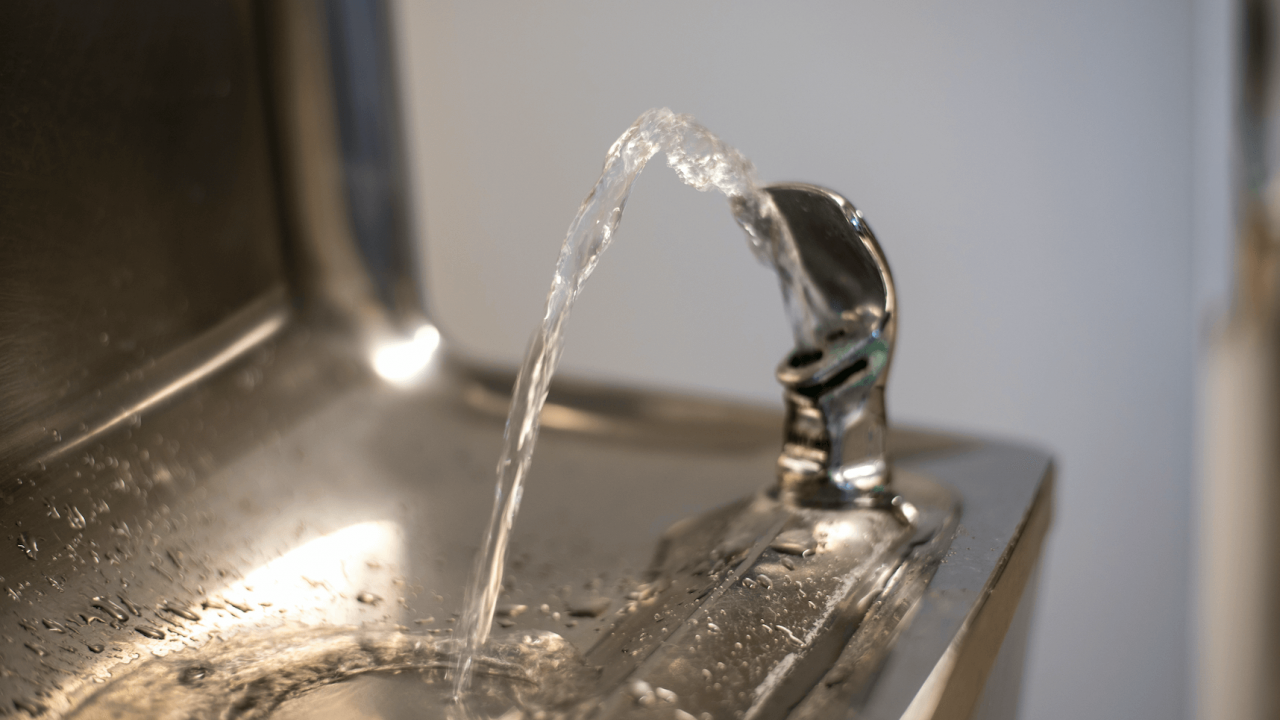
Whether your children’s school plans to reopen in the next few weeks or in coming months, parents, teachers and staff already have their hands full preparing for the continuity of education and safeguarding the health of students and adults in the buildings. Protecting children’s health from contaminants in drinking water quality is one item in the list that parents and schools must not overlook.
As Education Week reported, seven states, as well as the District of Columbia and Puerto Rico, have announced either state-wide closure or delayed reopening.
Facilities typically close for a few months over the summer, but this year, most shut sometime in the spring. By the time they reopen, they’ll have been shuttered – and their water sitting stagnant – for four or five months. The longer the water sits in pipes, the more its quality deteriorates, and the greater the health consequences for those who use it.
Lead in the water – already an issue for many Americans, particularly those living in poverty – is one of the potential problems of stagnant water in schools. Results from one-time tests for lead contamination might not reveal the full scope of risk, because it can take three months of regular water use to effectively control lead in the water.
Lead contamination can result in diminished IQ loss and behavioral problems. A 2018 report showed that more than 40 percent of U.S. schools failed to test for lead in 2016. As of 2018, only 15 states and the District of Columbia had laws in place that require lead testing in schools. Other drinking water contaminants include disinfection byproducts, Legionella and other microbes, which can cause lasting health harms.
To maintain normal water quality, water needs to keep flowing – faucets turned on and off, toilets flushed, water fountains used. When that doesn’t happen, the water in the school sits, and so does the water in the pipes and service lines leading into the building. In some cases, individual schools may have had some activity during the pandemic – if they served meals, for instance, or convened meetings – but it’s possible that no water has flowed at all.
Solving the problem of drinking water quality isn’t as simple as running water from all the taps and flushing the toilets a few times. Water quality cannot be restored overnight. It takes time and planning. It’s likely your school will need to organize a “flushing event,” during which aged water and particulates are flushed from the system in a particular, coordinated fashion, with a specific velocity in the building’s service line.
Every city has its own distinct water service map, and school water supplies are also distinct, so planning how to ensure water quality for reopening buildings will differ from school to school. This is a complicated undertaking that requires the participation of multiple stakeholders, and continued water testing once facilities have reopened.
Tap water quality have long been a concern for communities of color, who face higher risks from the contaminants in the water. Under-funded schools – those with fewer resources to remediate their water quality – tend to be those where a majority are people of color or low-income students.
And according to the Black Institute, the needs of these properties should be at the forefront of any state’s reopening plans: “Every school building must have adequate cleaning personnel and supplies to ensure that during this pandemic everyone in the building is safe from unsanitary elements. Every school needs to have hygienic protocols in order to keep students and staff safe. These should be made public to parents, students and the school community at large.”
If your children’s school is not yet reopening, there’s more time to upgrade the building’s water quality before kids return.
Here are issues for parents to consider – and to ask schools and school districts about – from a recent webinar offered by the Collaborative on Health and the Environment.
If the campus is reopening in the next few weeks:
- Send your child to school with filtered clean water in a water bottle – let them know to use the school’s water only for the toilet and handwashing until the school says it’s okay.
- Ask school administrators what plans are in place, if any, to restore and/or maintain water quality, and advocate for transparency and public sharing of all water test results.
- Provide information to the school and other parents about shutdown-related water quality issues.
If the building will reopen later in the year:
- Start the process now to restore and maintain the school building’s water quality.
- Seek information about water management protocols that your kids’ school might use.
- Develop a communications plan to inform families about all water test results for the school building.
For more information about drinking water quality, visit EWG’s Tap Water database. For information about water quality in schools and childcare facilities during coronavirus, consult this infographic from Because Health.



